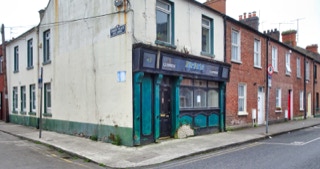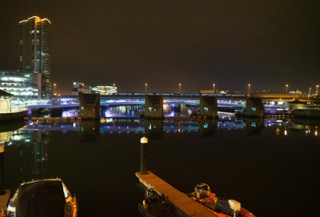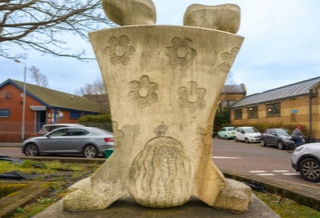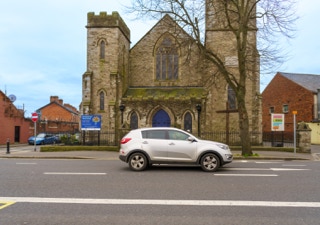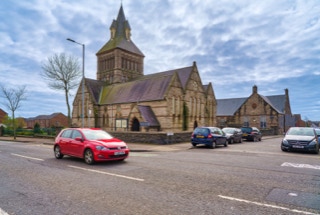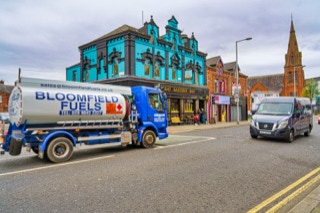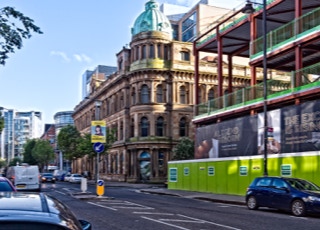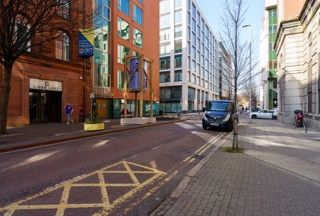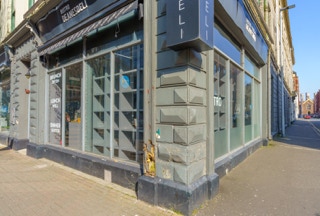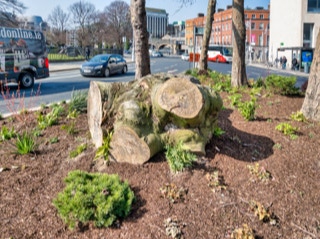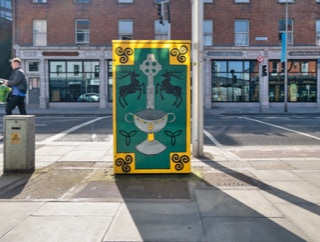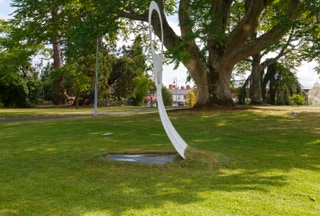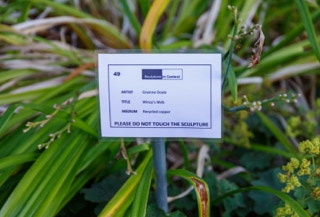09/09/2022
Unfortunately all my batteries were exhausted within minutes of arriving at this church.
The Jesuits moved into the current house in 1862 and started building the church in 1864.
It was begun during the rectorship of Fr. Thomas Kelly. The church was dedicated in 1869, although still unfinished in 1897. Designed by William Edward Corbett and supervised by Charles Geoghegan on the site of Crescent House.
It breaks the uniformity of The Crescent, giving it a focus and adding interest to the Georgian fabric. In 1867, Charles Lanyon and John McCurdy were the arbitrators and Sir John Benson the umpire, in the arbitration case of the failure of the roof of the new church. The builders were Mssers Ryan & Son. In 1900 William Henry Byrne made designs for a proposed façade.
In 1922 Patrick Joseph Sheahan designed a chapel within the church. In 1938 Patrick Joseph Sheahan was responsible for the painting and decoration with the architectural firm Sheahan & Clery. The building of the church utilised the natural focus of the crescent form to give the prominence that the church needed. The very fine classical interior, with a wealth of quality materials and craftsmanship, adds to the overall architectural importance of this ecclesiastical site.
The Crescent is one of the highlights of Georgian Limerick. The area takes its name from the shape of the terraced buildings on both sides. The two sides combined give the street a distinctive crescent oval shape. The Crescent was originally known as Richmond Place (after Charles Lennox, 4th Duke of Richmond). A monument to Daniel O'Connell; the 19th Century Irish political leader stands at the centre of The Crescent overlooking O'Connell Street. On the west side is the Church of the Sacred Heart, a former Jesuit church that closed in 2006. In 2012 the church was bought by a new religious order known as the Institute of Christ the King Sovereign Priest who hope to restore the church. Adjoining the Church of the Sacred Heart was Crescent College run by the Jesuit Order. It is now located in Dooradoyle suburbs. The site is now occupied by Limerick Tutorial College, a fee paying private school.




